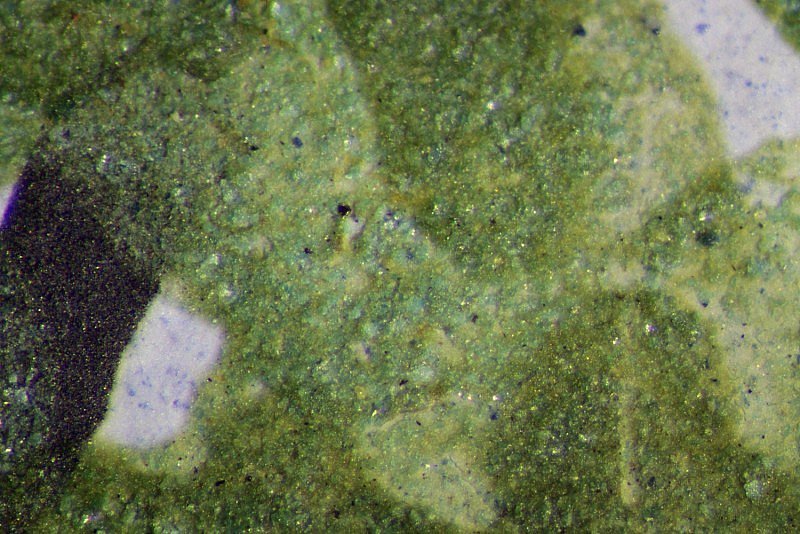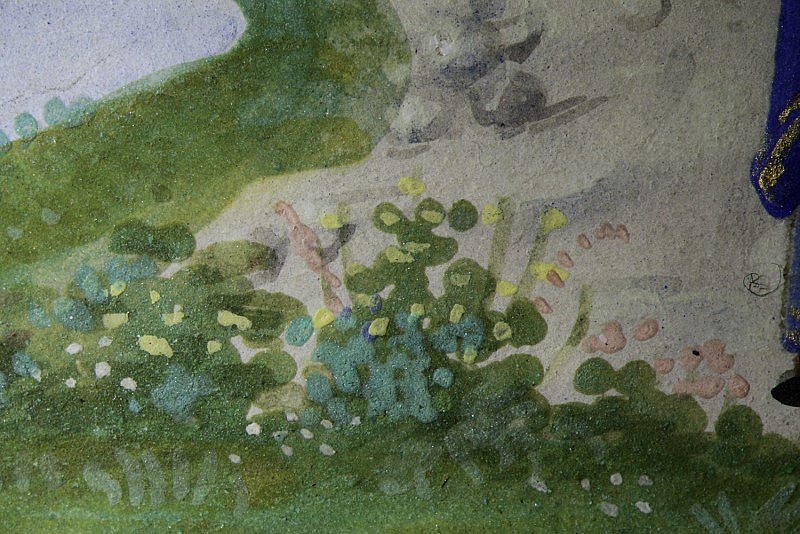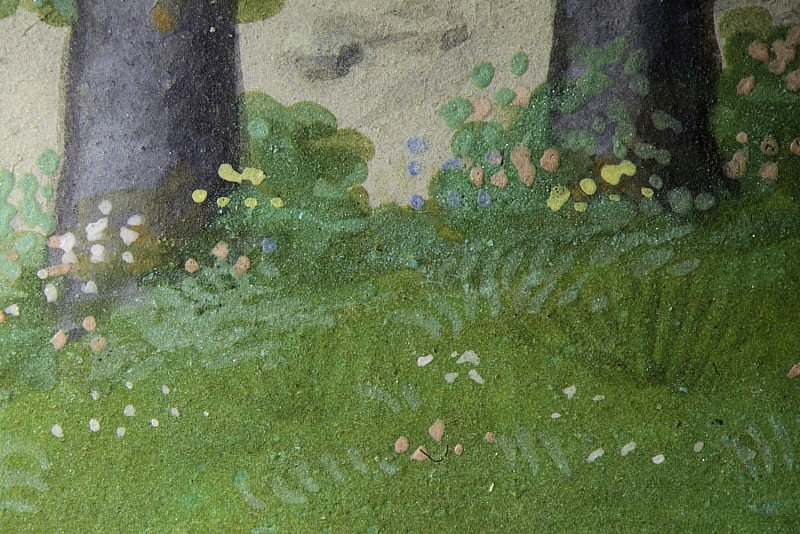Hours of the Virgin
Texts and Images
Annunciation



Annunciation
In this image, the interplay of light and colour is pivotal to the illusionistic treatment of space, volume and texture. The single source of light illuminating both the scene and the frame from the top left is visible in the highlights on Gabriel’s white tunic and richly textured, pearl-trimmed gold cloak, and on Mary’s face, hands and blue robes, all of which contrast with the strongly shaded dark areas of the background. Even the black marble columns and the metal clasps on Mary’s book catch the light. Divine light is also present in the shell gold rays streaming from the dove of the Holy Spirit. Bening is particularly interested in reflection: we see the sky, tree trunk and grass mirrored in the pond of the Annunciation’s border.
The border shows Bening’s ability to adapt motifs and pictorial strategies developed by his predecessors. Tiny figures that draw the observer’s eye into the background – in this case, Elizabeth coming out to meet her cousin Mary – were one of the hallmarks of the influential Netherlandish painter Jan van Eyck (c. 1380-1441), who incorporated them into his panel paintings to enhance the sense of depth.